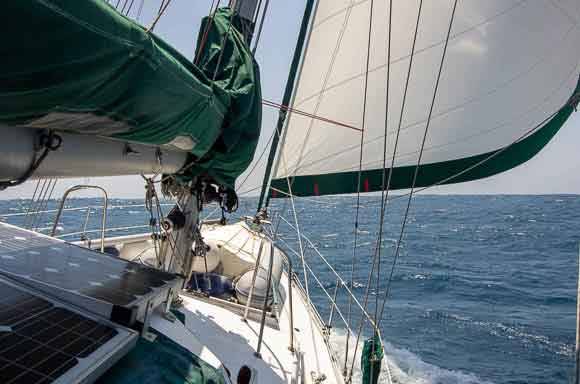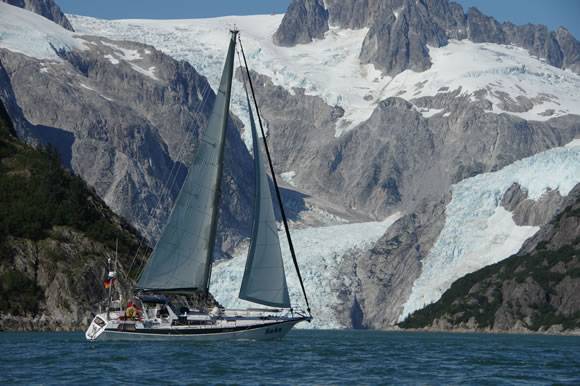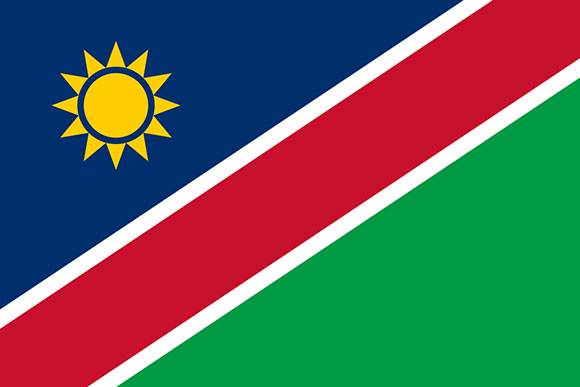Entry Date: 01.02.2024, at 10:00:00 hrs (local)
Cape Town - Walvis Bay

Pleasant Sailing
| PRID: | 12915 |
|---|---|
| LegID: | 352 |
| LegNo: | 97 |
| Latitude: | S031°41.32' |
| Longitude: | E016°36.49' |
| Day#: | 1465 |
| Log (Day): | 157 nm |
| Log (Leg): | 162 nm |
| Log (Total): | 75017 nm |
Covered distance: 162 nautical miles
Distance to destination: 312 nautical miles
Weather: 20kn S wind, 2m waves, sunny with clouds, 26 degree Celsius
Mood of the crew: relaxed
The sailing towards North is as expected quite pleasant. Shortly after we left the Yacht Club, the wind shifted first to West and later to SSW. Since we know from the weather forecast, that the wind will blow over night with almost 30kn we only set the genoa and no main sail.
The night and today´s morning are without anything extraordinary. SuAn runs as expected between 6 and 7 kn and we are making excellent progress.






